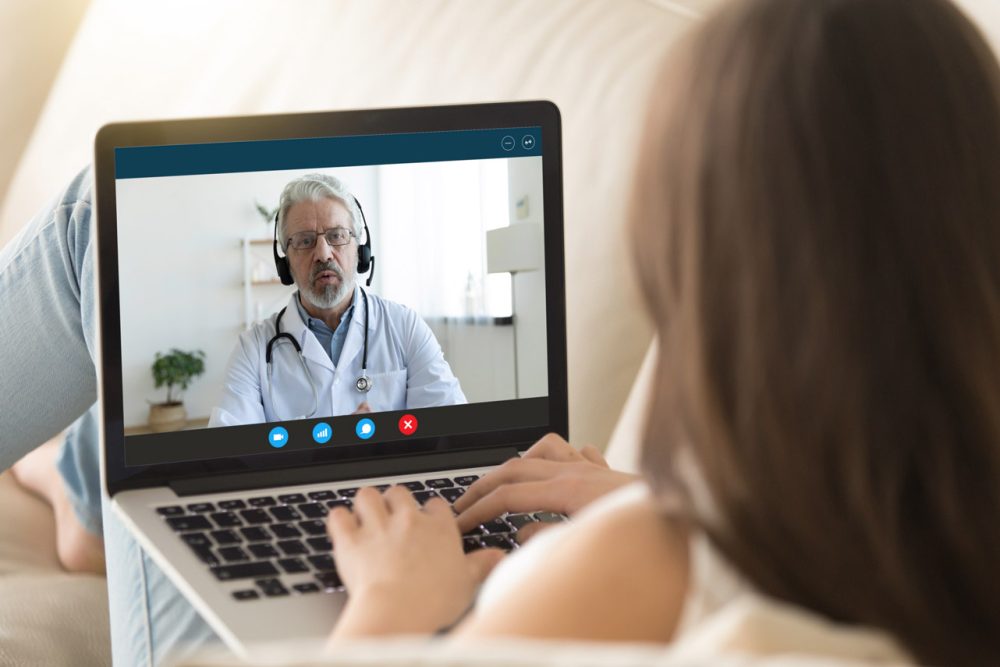Advertisment
Primary care clinicians report benefits and challenges in using telemedicine during COVID-19 pandemic

Researchers interviewed primary care clinicians to identify trends, facilitators and barriers in implementing and using telemedicine technologies in response to the COVID-19 pandemic. They interviewed 25 leaders from primary care practices from the Patient-Centered Outcomes Research Institute’s PCORnet project. Leaders represented 87 primary care practices in New York, Florida, North Carolina and Georgia.
The team identified four common themes among the surveyed primary care clinicians: 1) The ease of telemedicine adoption depended on the prior experiences of both patients and physicians with virtual health platforms; 2) Regulation of telemedicine varied across states and impacted roll-out processes differently; 3) Visit triage rules remain unclear post-COVID; and 4) Positive and negative impacts of telemedicine on physicians and patients. Additionally, clinicians identified opportunities to ease challenges, including the establishment of visit triage guidelines, adequate staffing and scheduling protocols.
What We Know: The COVID-19 pandemic required rapid implementation of telemedicine in primary care. While telemedicine prevented the spread of the virus and helped optimize the workload of thinly spread medical personnel, the technology also presents challenges, including conducting physical exams, diagnostic testing and imaging. Further, equitable access to telemedicine technology is a significant challenge.
What This Study Adds: The authors identified differences in patient portal usage (which led to different revenue impacts) in various states. They also found that the rapid transition to telemedicine-only visits necessitated implementation of regulations; unclear triage rules; and that telemedicine had positive and negative impacts on providers and patients. The positives included easing access to clinical care through telemedicine for certain types of visits. On the negative side, telemedicine blurred the boundaries for clinicians, who found they worked beyond regular office hours.
The Telemedicine Experience in Primary Care Practices in the United States: Insights From Practice Leaders
Jashvant Poeran, MD, PhD, et al
Institute for Healthcare Delivery Science, Department of Population Health Science & Policy; Department of Orthopedics; Department of Medicine, all at the Icahn School of Medicine at Mount Sinai, New York, New York





